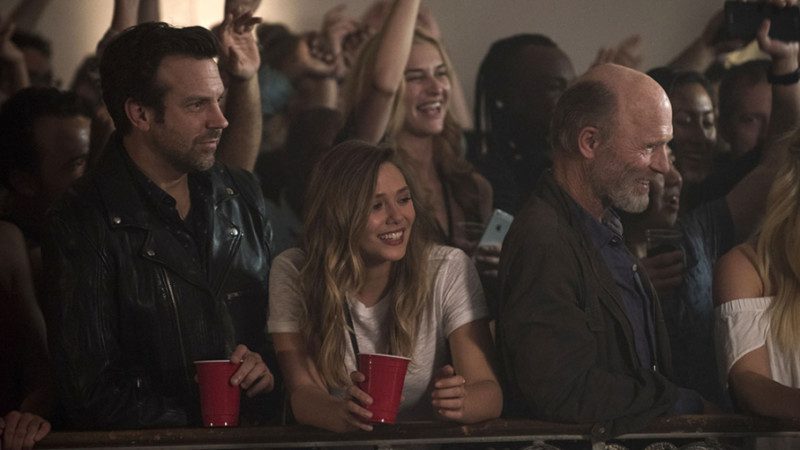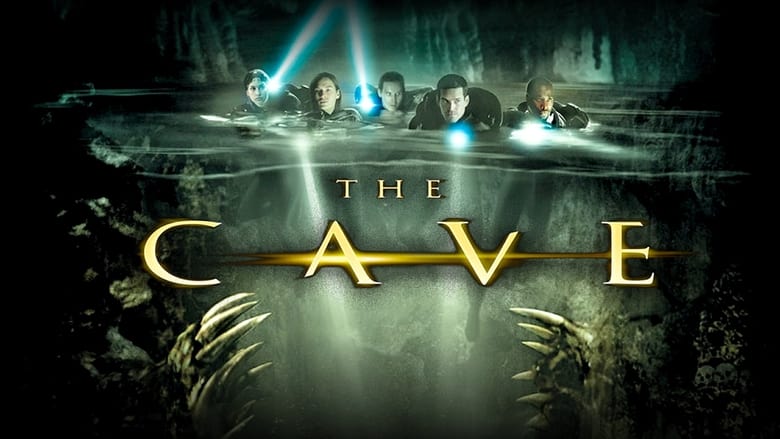You’ve seen this movie before. Maybe not Kodachrome specifically, but you’ve definitely seen movies like this. The only thing more common than movies about estranged fathers and sons are movies about road trips; Kodachrome is both. It’s either so sure of its identity or so oblivious to it that it hits almost all of the expected story beats (I correctly guessed the big emotional climax forty minutes before it happened).
One nearly expects to hear “Cat’s in the Cradle” or “Father and Son,” but the plaintive acoustic score fills that void. What carries Kodachrome is its performances, by three fine actors who aren’t trying to reinvent the wheel but instead trying to breath new life into old archetypes. It works more often than it doesn’t, and it keeps Kodachrome from turning into the cliched weepie it threatens to become.
Matt Ryder (Jason Sudeikis) is a down-on-his-luck record agent when we first meet him, and that doesn’t really change throughout the film. Sudeikis makes the smart move of not trying to make Matt too likable or too caustic. As an actor, Sudeikis can play the guileless everyman (as in 30 Rock) or a douchey blowhard (as in Horrible Bosses); here, he doesn’t really play either, letting Matt exist in the middle of that spectrum.
He makes for a charismatic, engaging dramatic actor, like some of his SNL contemporaries (Bill Hader, Kristen Wiig, Will Forte). Matt is passionate about his job, and about music, but he’ll also bark at his assistant when he’s frustrated. When Zoe Kern (Elizabeth Olsen) shows up in his office, to introduce the plot, Matt ushers her out curtly. He doesn’t want anything to with his dad – who he calls by his first name, obviously – but it would be a pretty short movie if the road trip never happened.
 A lot of this feels convenient, even though Kodachrome is based on a true story. Matt’s father, Ben Ryder (Ed Harris), is a renowned photographer who wants to travel to Parsons, Kansas, to the last lab that develops the titular film. He’s too sick (with liver cancer) to fly, so Matt has to drive him.
A lot of this feels convenient, even though Kodachrome is based on a true story. Matt’s father, Ben Ryder (Ed Harris), is a renowned photographer who wants to travel to Parsons, Kansas, to the last lab that develops the titular film. He’s too sick (with liver cancer) to fly, so Matt has to drive him.
And of course Zoe comes along, being Ben’s nurse and all. If you think you know how the movie progresses from here, well, you’re probably right. There are lots of (admittedly pretty) shots of sun-dappled corn fields, a confrontation at a diner, even a scene of two characters bonding over singing together.
I feel as though I’m being too harsh on Kodachrome, especially when it has so many bright spots. The performances are solid across the board. Sudeikis and Olsen have an easy, natural chemistry, and actors like Bruce Greenwood and Dennis Haysbert show up in nicely-played supporting roles. But the film belongs to Harris, breathing new life into what could have been an Alan Arkin role by way of Robert Duvall. Harris can play Ben Ryder in his sleep, but he came to act.
A lot of actors would play Ben for laughs, because what isn’t inherently funny about a crotchety grandpa character? Harris isn’t trying to make us laugh, though. As one of the most naturalistic, compulsively watchable actors alive, he knows he’ll have our attention whenever he’s on screen. Harris elevates whatever he’s in, whether it’s genre fare (The Rock, National Treasure: Book of Secrets) or a prestige film (The Hours, A History of Violence).
As Ben, he’s not afraid to make the audience uncomfortable, and as a result of this, when he has his inevitable breakdown about his failings as a father and husband, it feels more earned than it has any right to. He and Sudeikis are good together, even if their needling gets a little rote (Matt attacks Ben’s infidelities, Ben pokes Matt about his ex-wife cheating on him). One of the film’s nicest scenes is surprisingly restrained: Matt is about to meet with a rock band, with the aim of getting them to drop their record label and sign with him. “Give me your pitch,” Ben says, and it feels genuine, like he’s helping his son with his homework.
 The script – by Jonathan Tropper, author of This is Where I Leave You – leans too heavily on its actors to carry and elevate the material. Matt and Zoe have their “loaded eye contact” moment way too soon, and when the film finds them alone in a bedroom, what should be a scene fraught with sexual and emotional tension falls flat, because it comes too soon.
The script – by Jonathan Tropper, author of This is Where I Leave You – leans too heavily on its actors to carry and elevate the material. Matt and Zoe have their “loaded eye contact” moment way too soon, and when the film finds them alone in a bedroom, what should be a scene fraught with sexual and emotional tension falls flat, because it comes too soon.
We know these characters about as well as they know each other, which is to say not very well at all. The film conveniently introduces the fact that Zoe’s marriage is over, and she confesses to Matt that she cheated on her husband. Matt’s ex cheated on him as well, so how does Kodachrome feel about women? It’s not an outright sexist film, but it’s a weird thing to happen twice.
I also have an issue with the way Kodachrome fetishizes nostalgia. Beyond, well, the entire premise, the film wears its heart on its sleeve. Ben’s car only plays cassettes, and he throws the GPS overboard, insisting on using a map. Zoe wears a flannel tied around her waist, and at this point I wondered when Kodachrome is supposed to take place. Early on, Matt says he’s been at his job for a decade, telling his boss, “I brought you a Coldplay demo in 1999!” So it it 2009? It’s never clarified.
Perhaps it’s an It Follows situation, with an undefined timeframe. I think that Tropper is aiming for a timeless feeling, but his script never rises to that level (not to mention the occasionally tin-eared dialogue; for instance, Ben diagnoses Matt with “Envy and resentment of a man living in the shadow of his father’s accomplishments”). The cinematography, by Alan Poon, does a much better job of evoking wistfulness and the passage of time.
Kodachrome is a road trip movie that isn’t terribly interested in the road trip itself, which is fine. It lives or dies on the strength of its scenes, and there are some good ones here. There’s a reason people keep making movies like this (hell, a few years ago I wrote a short story a lot like this). Sure, we know what’s going to happen, but with a cast this talented – especially Harris, who plays Ben with quiet thunder – it’s still fun to watch.
Final Score:
3/5




